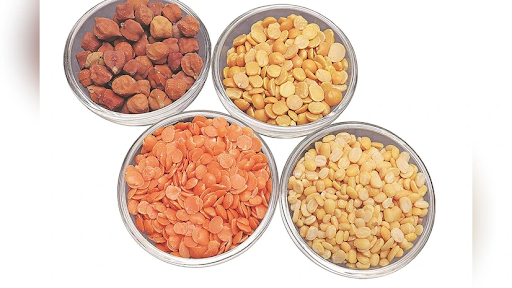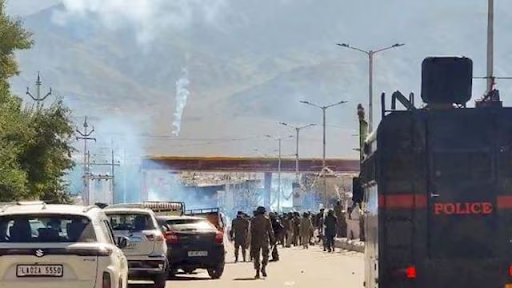



The 2025 World Press Freedom Index reveals a global decline in media freedom. India ranks 151st, with violence, media control, and political interference persisting. Norway tops the list; Eritrea ranks last. The theme of World Press Freedom Day 2025 focuses on AI’s impact on journalism and press freedom.

Copyright infringement not intended
Picture Courtesy: THE HINDU
2025 World Press Freedom Index shows global decline, slight rise for India, major concerns in authoritarian states.
World Press Freedom Day (3rd may) was established by the UN in 1993. It marks the anniversary of the 1991 Windhoek Declaration, which called for an independent African press.
On this day, the UNESCO/Guillermo Cano World Press Freedom Prize honors journalists or organizations facing repression. In 2025, the prize went to La Prensa, a Nicaraguan newspaper operating in exile since 2021 due to government crackdowns.
The theme for this year is “Reporting In The Brave New World – The Impact Of Artificial Intelligence On Press Freedom And The Media.”
The World Press Freedom Index released by the Reporters Without Borders (RSF), ranks 180 countries based on how free their media is, using five indicators: political context, legal framework, economic conditions, sociocultural factors, and journalist safety.
Each country gets a score from 0 (worst) to 100 (best). In 2025, the global average score dropped to 55, reflecting growing challenges like economic pressures, political interference, and violence against journalists.
|
India ranks 151st, up from 159th in 2024, but still faces a press freedom crisis. Violence against journalists, concentrated media ownership, and pro-government outlets are major issues. |
Political Pressure => Governments and politicians increasingly fail to protect journalists, often fueling disinformation or propaganda. In 138 countries, political actors engage in disinformation, with 31 doing so systematically.
Economic Constraints => Media outlets struggle financially due to ownership concentration, advertiser pressure, and limited public funding. In 92 countries, media owners interfere editorially, undermining independence. The U.S. (57th) sees “news deserts” as local outlets close, with 8,000 journalists laid off since 2022.
Violence and Safety => The Committee to Protect Journalists (CPJ) reports 103 journalists killed in 2024, with 15 more by April 2025. Mexico remains the deadliest country, with 37 journalists killed since 2019. Palestine ranks among the worst for journalist safety, with over 100 reporters killed in Gaza since October 2023, including 22 on duty.
Legal Restrictions => Laws like defamation, anti-terrorism, or cybersecurity acts silence journalists. In Bangladesh, the Cyber Security Act curbs free speech. In India, selective access to government officials limits critical reporting.
Disinformation and Technology => AI-generated fake content and deepfakes erode trust in media. Social media platforms, like X under new ownership, face criticism for arbitrary policies affecting journalists.
Sociocultural Barriers => Journalists face harassment based on gender, ethnicity, or religion. In the U.S., online abuse targets women and minority journalists. In Afghanistan, women journalists face severe restrictions.
Must Read Articles:
INDEPENDENCE OF THE PRESS IN INDIA
INDIA'S RANKING IN GLOBAL FREE SPEECH INDEX
Source:
|
PRACTICE QUESTION Q. “A free press is the most powerful check on governmental excess, but also the most vulnerable to manipulation.” Critically analyze. 150 words |






© 2025 iasgyan. All right reserved